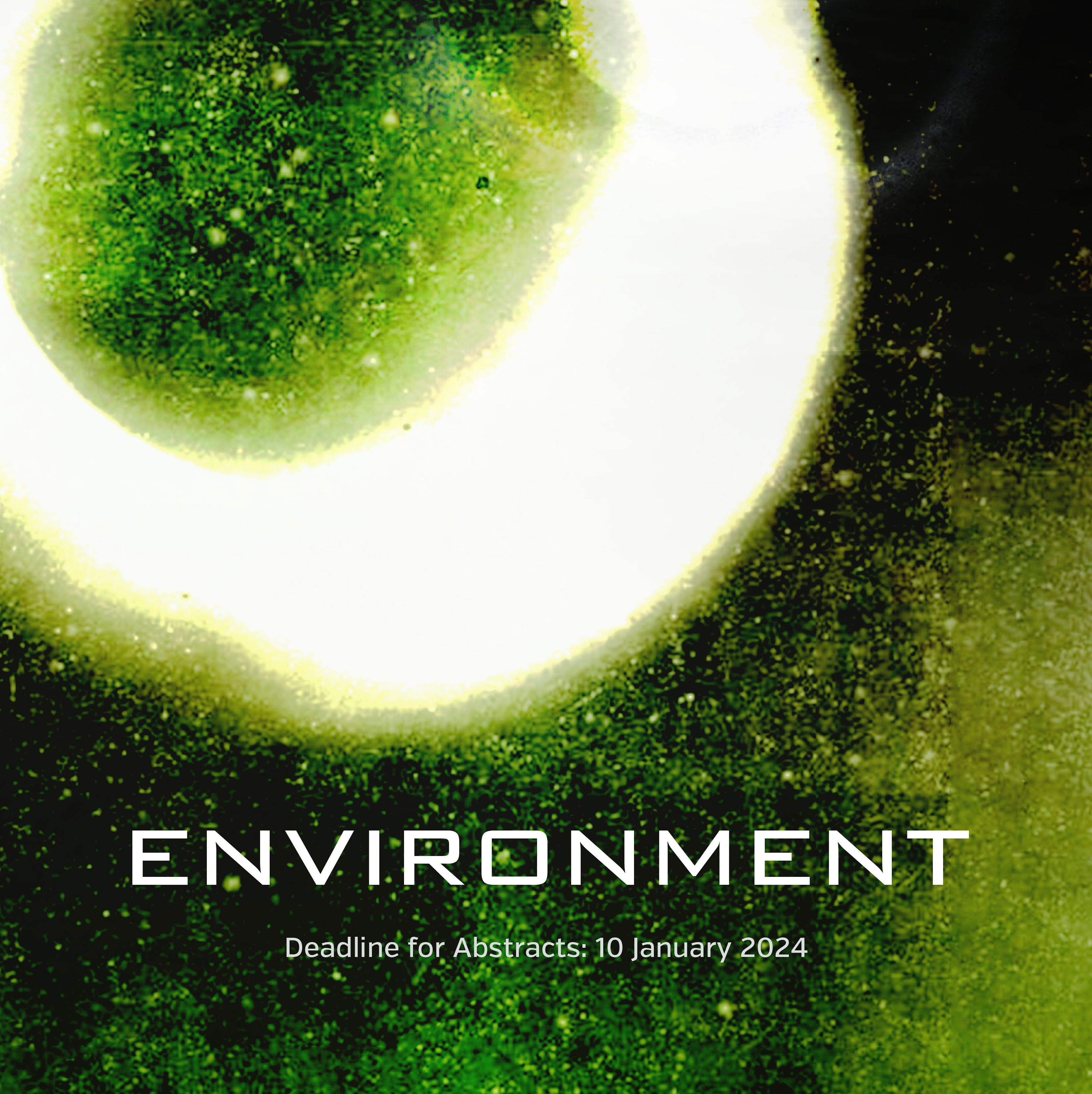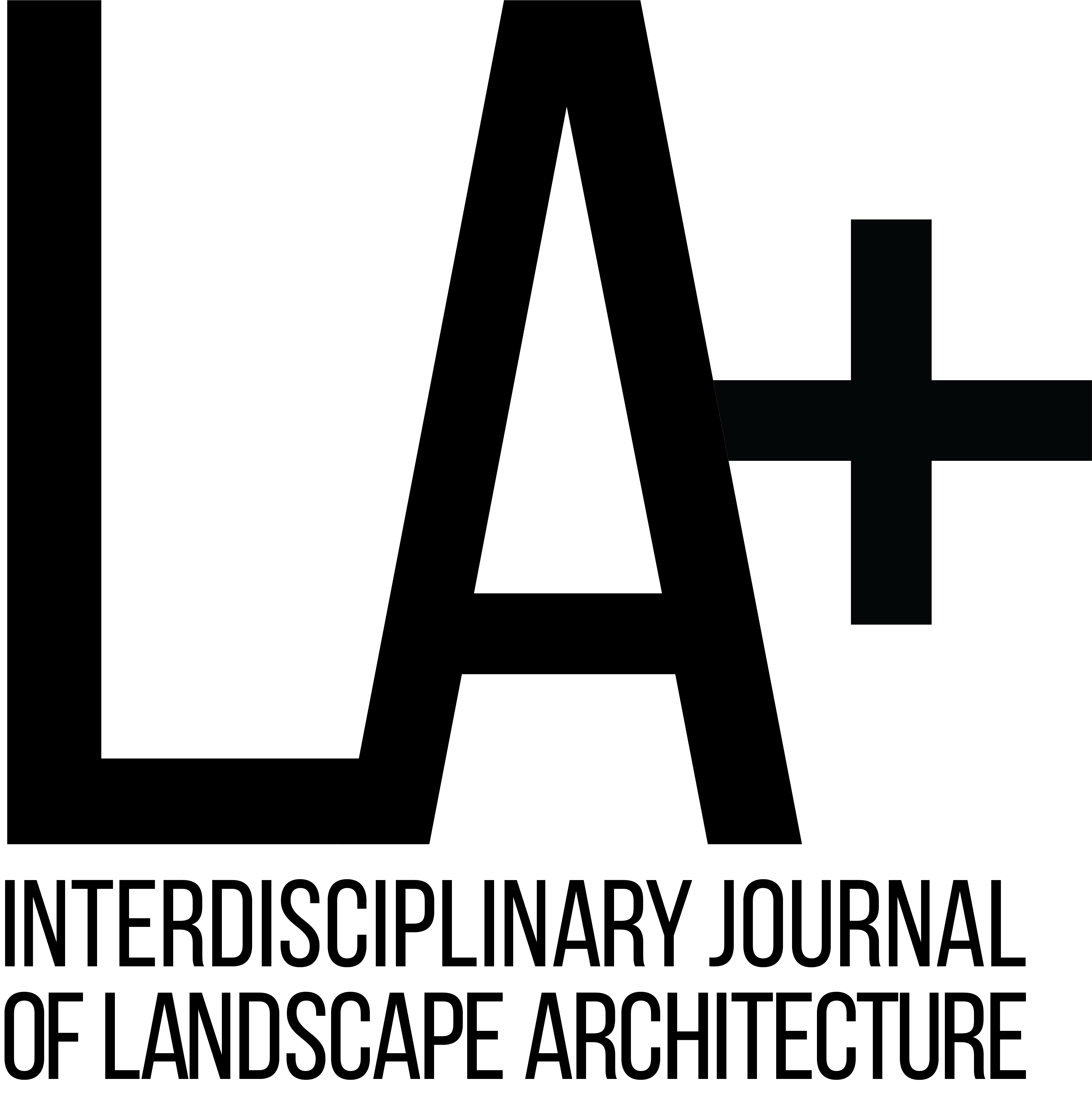Over the past few decades, there has been a
groundswell of work by environmental historians and the emergence of the loosely
defined “environmental humanities,” which has broadened, deepened, and challenged
the story of environmentalism that is often told as part of the origin story of
landscape architecture in the US—from early conservationists involved in the development
of national parks to Rachel Carson’s
Silent Spring and Ian McHarg’s
Design with Nature. What could be more
foundational to landscape architecture than this idea of “environment?” But what
is
the environment, or
an environment? First and foremost, it is a word that is so pervasive—and its meaning
taken for granted—that it is easy to forget how recently the term has
proliferated.
The word environment—as surrounding or milieu, including
the elements that support life on earth—has long been in use, dating to the 16th
century and, more widely, to the late 19th century; however, its usage as a qualifier
for myriad disciplines, institutions, and activities—environmental history, environmental
studies, environmental science, environmental justice, environmental art, environmental
planning, environmental protection, environmentalism—is much more recent. Scholars
have only just taken the word “environment” itself as a point of departure in
order to increase our understanding of the usefulness of this concept as it
emerged in different contexts.
This issue of
LA+ invites contributors to
reflect on the history, origin, and relevance of this often taken-for-granted yet
ineffable idea we call environment
.
Email
abstract and short bio to laplus@design.upenn.edu by 10 January 2024. For information
on submissions, see www.laplusjournal.com/Submissions.



